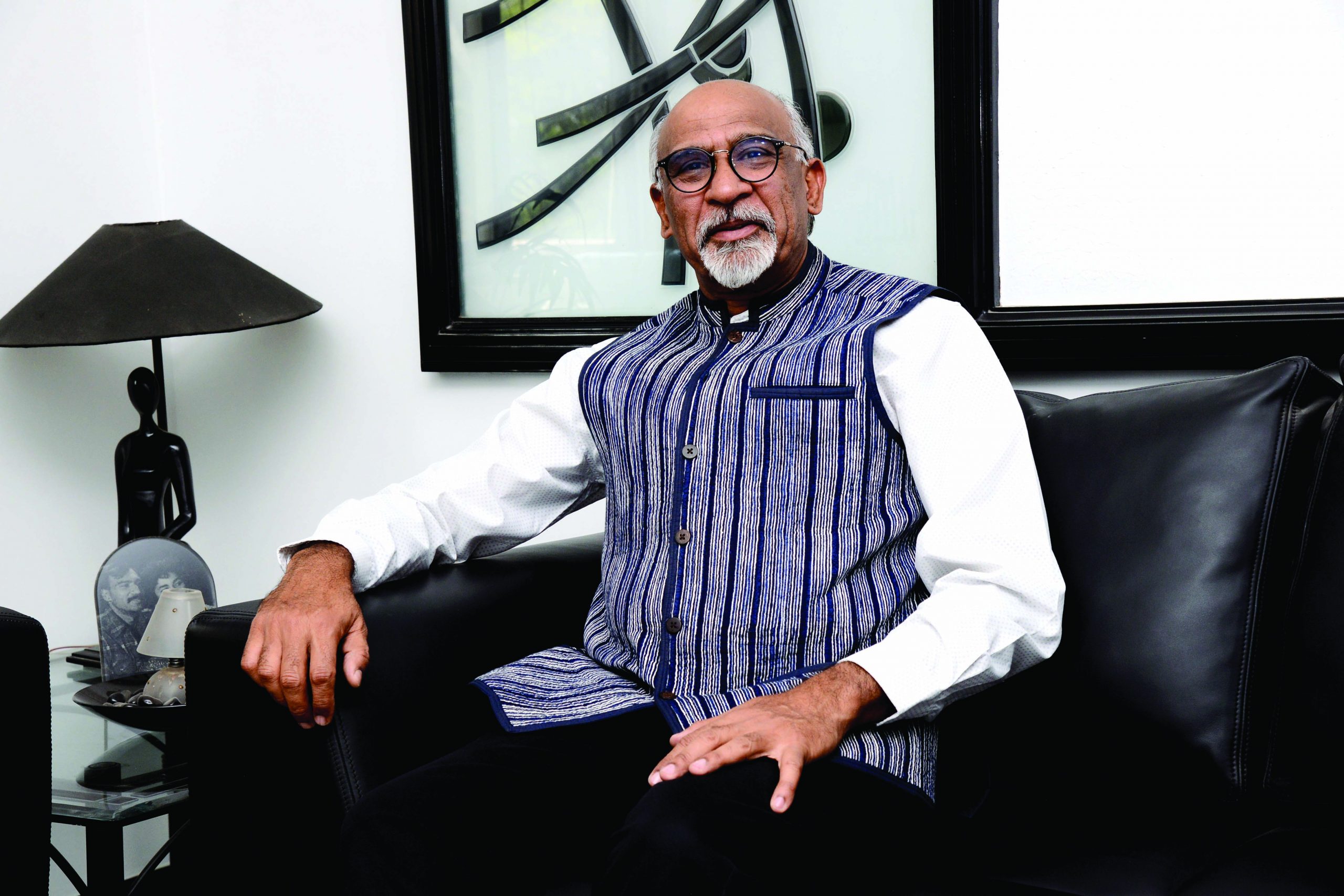An architecture and industrial design alumnus of REC, Nagpur and IIT-Bombay, Dinesh Verma is founding principal partner of the Bengaluru-based Ace Group Architects (AGA, estb.1984). Over the past three decades, this firm has established a nationwide reputation for the design and construction of more than 85 pre-primary to Ph.D. education institutions across the country. Among them: Indus International School, Bengaluru; VIT University, Chennai; Reva University, Bengaluru; Dhruv World School, Pune and BDW International School, Shillong. Excerpts from an interview with Dilip Thakore Over the past few decades, AGA has earned a national reputation for designing and commissioning world-class campuses of some of the country’s most admired and top-ranked education institutions. Why is careful and detailed design of education institutions in the public interest? In the late 1990s, we were invited to design the campuses of several new-genre schools including The International School Bangalore; Indus International School, Bengaluru and Hyderabad; JSS International, Ooty and DPS East, Bengaluru among others. Their distinctive campuses for the first time provided infrastructure to enable introduction of new digitally-driven pedagogies. It is in the national interest that education institutions provide children and youth holistic, well-rounded education beyond mere academics. Some – especially Left-academics believe that capital-intensive education institutions with carefully designed buildings and landscaping are a waste of resources. What’s your comment? First, it’s wrong to believe that good design is necessarily expensive. Carefully invested capital for future generations is never a waste. It needs to be invested to develop human resources in mind and body, to nurture students who will become contributing and highly productive leaders, managers and workers of society. Schools need to be welcoming, attractive institutions where children are eager to come every day and enjoyably learn academics, life skills and sports. In village India, the public school should be an admired institution which children love to attend and adults like to visit. During the day, they should be K-12 schools and after-school hours, they should transform into community centres providing adult education and vocational classes, reading rooms, and sports and games facilities for children and adults. When government schools transform into welcoming and resourceful community centres, entire communities will benefit. Government schools designed and built by PWD architects tend to be unimaginative, square brick-n-mortar blocks with few differentiating characteristics. Is there a connection between the notoriously poor learning outcomes of government school children and their invariably drab architecture and landscaping? Physical spaces undoubtedly influence what and how children learn. Everybody uses the same raw material — bricks and mortar. The differentiating factor is how creatively and effectively material is used to build schools that stimulate and enthuse the next generation to think differently. That makes all the difference. Schools and higher education institutions should provide enabling environments where learning is an immersive experience, ideas evolve and young minds think creatively and develop life and problem-solving skills. Unfortunately in our country, there’s a tendency to blindly follow rules by the book. It’s usually overlooked that rules prescribe minimum — not even comfortable —…
“Schools need to be welcoming attractive institutions”
